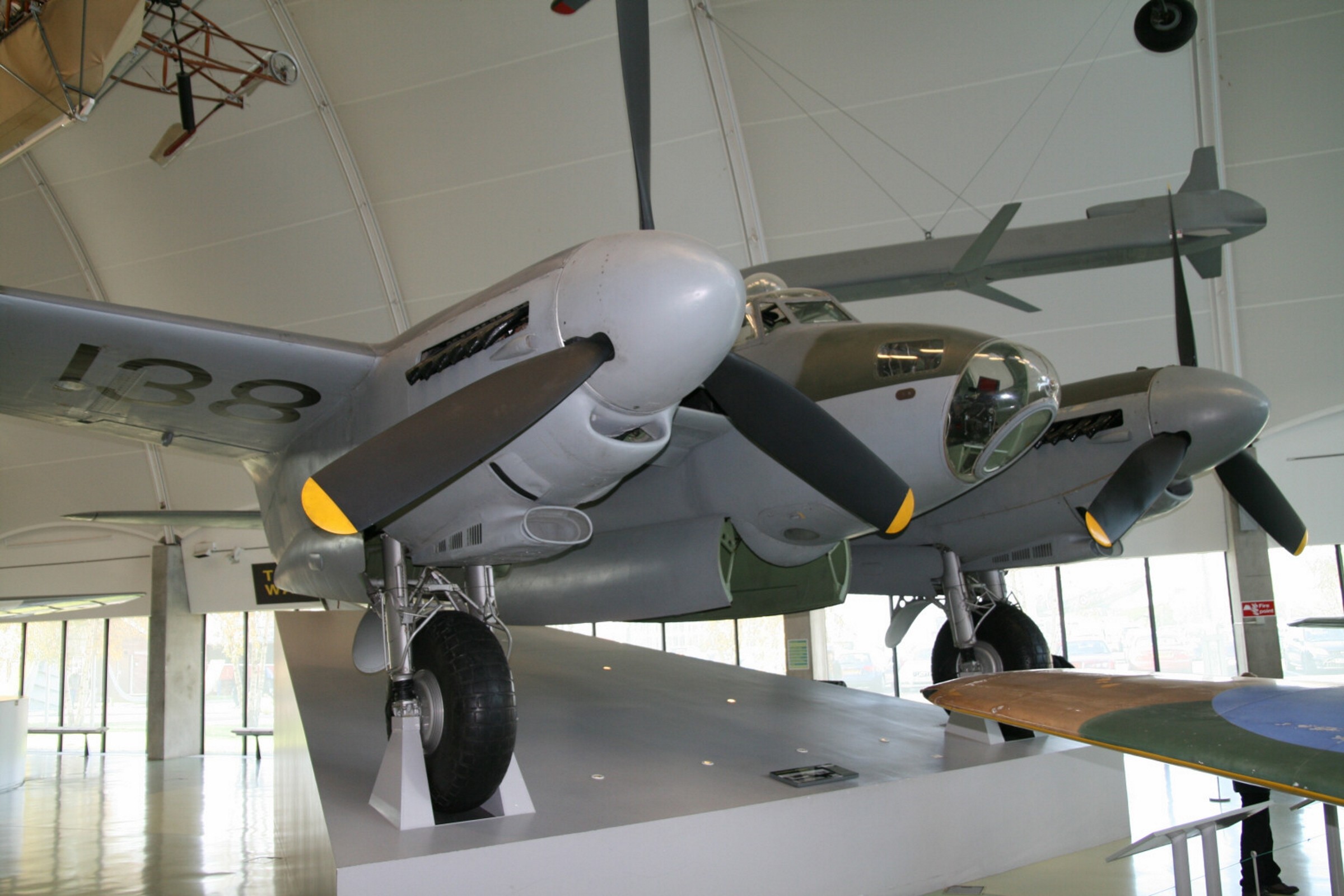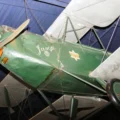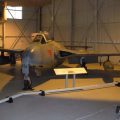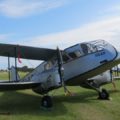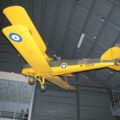A de Havilland DH.98 Szúnyog egy brit kétmotoros, vállszárnyas, többcélú harci repülőgép volt. A kétfős legénység, a pilóta és a navigátor egymás mellett ült. A második világháború alatt és után szolgált. Ez volt a korszak kevés működőképes frontvonalbeli repülőgépének egyike, amelyet szinte teljes egészében fából építettek, és a The Wooden Wonder becenevet kapta. A Mosquito-t a legénység szeretettel "Mossie" -ként is ismerte. Eredetileg fegyvertelen gyors bombázónak tervezték, a Mosquito-t olyan szerepekhez igazították, mint az alacsony és közepes magasságú nappali taktikai bombázó, a nagy magasságú éjszakai bombázó, a pathfinder, a nappali vagy éjszakai vadász, a vadászbombázó, a behatoló, a tengeri csapásmérő repülőgép és a gyors fotófelderítő repülőgép. A British Overseas Airways Corporation (BOAC) is használta gyors szállításra, hogy kisméretű, nagy értékű rakományokat szállítson semleges országokba és onnan az ellenség által ellenőrzött légtéren keresztül. Egyetlen utas utazhatott a repülőgép bombaterében, amikor azt erre a célra alakították.
Forrás: de Havilland Mosquito a Wikipédián
